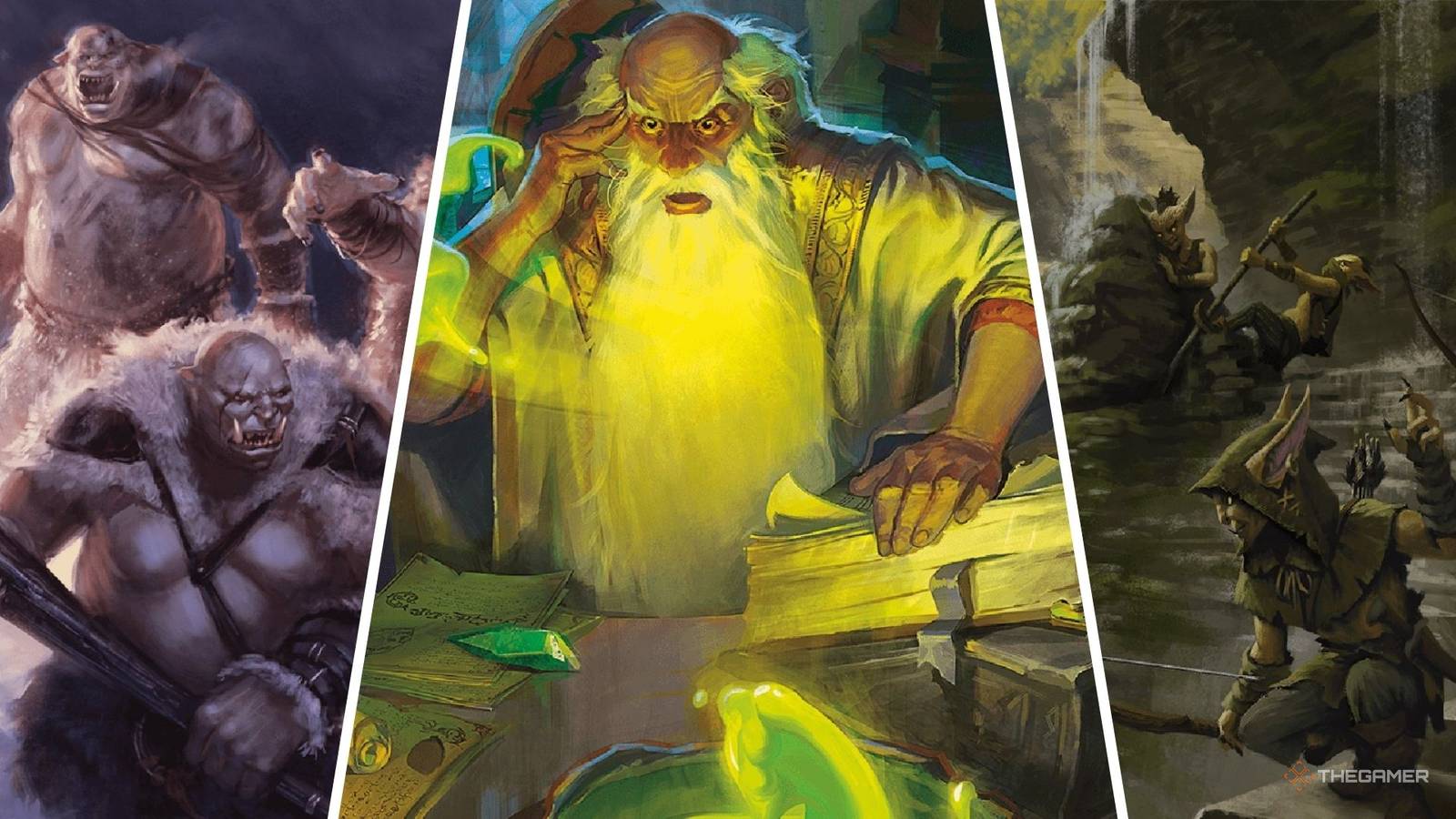I had forgotten about how bad D&D is at mounted combat because no one has attempted to have a mount in a game I’ve been a part of since I was a kid, and even then we knew it sucked.That's never been my problem with D&D mounted combat. The big problem is mount fragility at higher levels. Drop a fireball on a high-level mounted party and they just become a slightly singed high-level walking party. The lack of durability of mounts compared to PCs just makes mounted combat a bit of a novelty that doesn't last very long.
(My 12th level paladin recently had cause to ride his celestial mount into battle. 150hp astride 19hp. Sigh)
5e made a good decision in making riding something that PCs were all assumed to be able to do at a basic level of competence. So your party is not completely handicapped by having a PC who just didn't take the proficiency and couldn't ride. And a PC who WANTED to specialise in mounted combat - well, there's a feat for that, but ONLY one feat for that, so you can't overspecialise yourself into uselessness when you're not on your horse.
Hit point inflation kills mounted combat. If your mount keeps the same stat block as you advance, they can hardly take a single hit at high levels without dying. If they do, then suddenly your mount functional acts as an additional party member and is kicking beholders to death on its own. And what happens when you steal someone else's mount, does it suddenly level up to match your power level because you're the one riding it?
If I had my way, I'd start treating mounts as equipment in combat rather than separate creatures with their own stat blocks. A warhorse is a piece of equipment that increases your speed to 60ft, your side to large, gives you one extra 'kick' attack causing 2d6+3 bludgeoning, doubles your carrying capacity, and you gain the 'mounted' condition (check to not fall off under certain circumstances, disadvantage to climb checks, etc etc). Just treat rider and mount as a single creature until such time as they're not (maybe you fall off on a crit?)
Of course, even then it's the edge cases that get you. Spells cast specifically to affect the mount, what happens when you dismount and then remount in combat, etc etc.
It's a shame it's never worked, because the whole image of the charging mounted knight is so emblematic, and you can't really represent cultures like horse-archer nomads etc without mounted combat that works. But it's just so hard. And even if you do manage it somehow, mounted combat moves so fast that most battlemaps are too small to handle it anyway.
I like the idea of a mount as equipment though.

